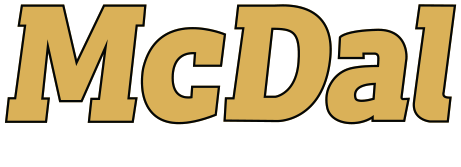FAQ
Frequently Asked Questions
Each style compressor has certain applications for which they are better suited. A reciprocating compressor is typically more forgiving in dirtier environments than a rotary screw compressor. However, the reciprocating compressor is not well suited for constant run conditions. Reciprocating compressors generally require more periodic maintenance than rotary screws.
Rotary screw compressors are quieter to operate and generally work best when they run full shifts. They also work better in cleaner areas and require less maintenance, usually consisting of periodic oil filter, air filter and air/oil separator changes.
Most manufacturers recommend changing oil after the first 50 hours of operation. After the initial break-in period, consult your compressor manual and follow the suggested intervals.
Synthetic Oils can extend oil change intervals to between 4000-8000 hours of operation.
Most manufacturers will recommend 1 to 2 times annually. This will vary depending on how dirty the work environment is. As an example, a woodshop's air intake will be filled with particles of wood dust and will clog a filter more quickly than one in a medical research lab.
Inspect air filters regularly and change when dirty or clogged. A good indicator is when the running temperature is higher than usual.
Drain your tank at the end of each shift to avoid condensation downstream and rust.
It is suggested to install an autodrain to eliminate operator error. A $150.00 investment can save a lot of downtime and expense right from the initial investment. The autodrain should be routed to an oil/water separator to collect bypass oil prior to discharging the drain water. Unfiltered drain water cannot be discharged legally due to the oil which is mixed with condensate.
Oil-less compressors have no oil in the compressor at all.
Oil-free compressors have oil in the pump but are designed in such a way that oil cannot escape into the plant.

